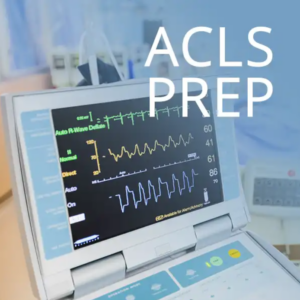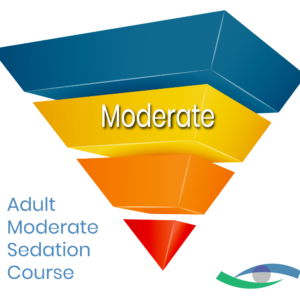Uses of Ketamine in a Clinical Setting
Ketamine is both an anesthetic and an analgesic. It maintains unique properties in its ability to preserve the laryngeal reflexes, thus providing additional airway protection. Because it is considered an anesthetic, widespread use of the drug is limited by sedation providers despite its long history as a safe sedative.
Ketamine: A Great Sedative Choice for Some Patients
When considering the safety of ketamine, know that this colorless, tasteless, and odorless drug is frequently the preferred sedation agent for children. The sympathomimetic effects provide a great sedative choice for patients who are hypovolemic, experiencing physical trauma, or involved in an obstetric emergency.
Ketamine’s Problematic SedationClassification
The unique feature of ketamine is the catatonic state that an appropriate dosage achieves; the eyes remain open, one can move and breathe spontaneously, and maintain airway protection, but the patient is disconnected from the environment. This makes for a problematic classification on the sedation continuum, as the patient cannot respond to external stimuli- as in moderate or deep sedation- but fails to meet the criteria of “loss of ventilation” defined by general anesthesia.
Current Recommendations
Current recommendations have proposed a need for reclassification, given the popularity of the drug as it migrates out of the Operating Room environment and into safe procedural sedation and analgesia (PSA).
The National Sedation Center offers comprehensive courses to provide a solid foundation for practitioners to provide minimal and moderate sedation, but staying up-to-date on possible outliers when it comes to patient history can be critical!






